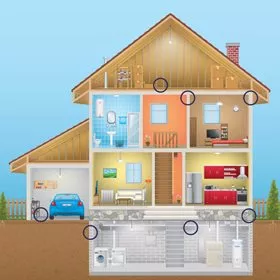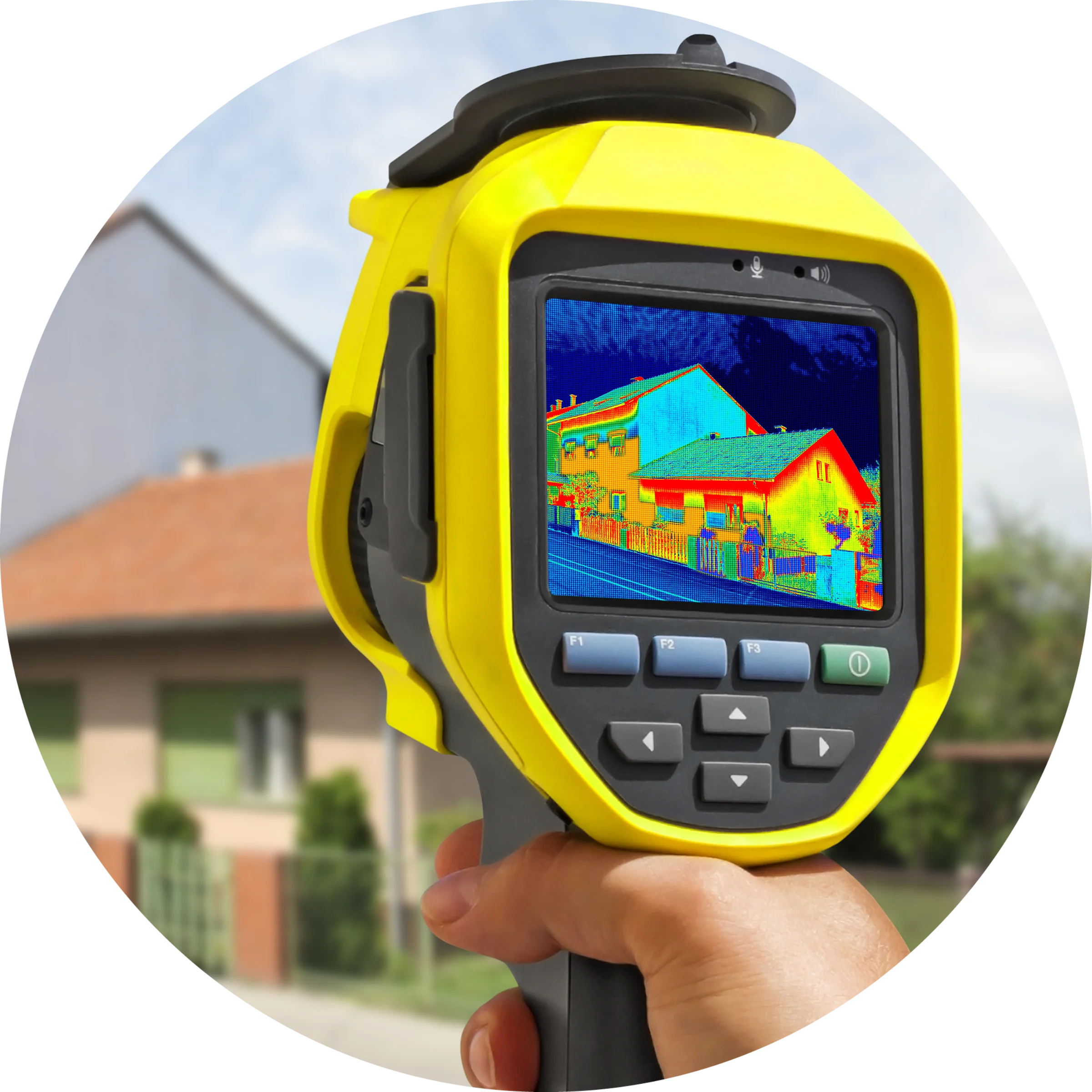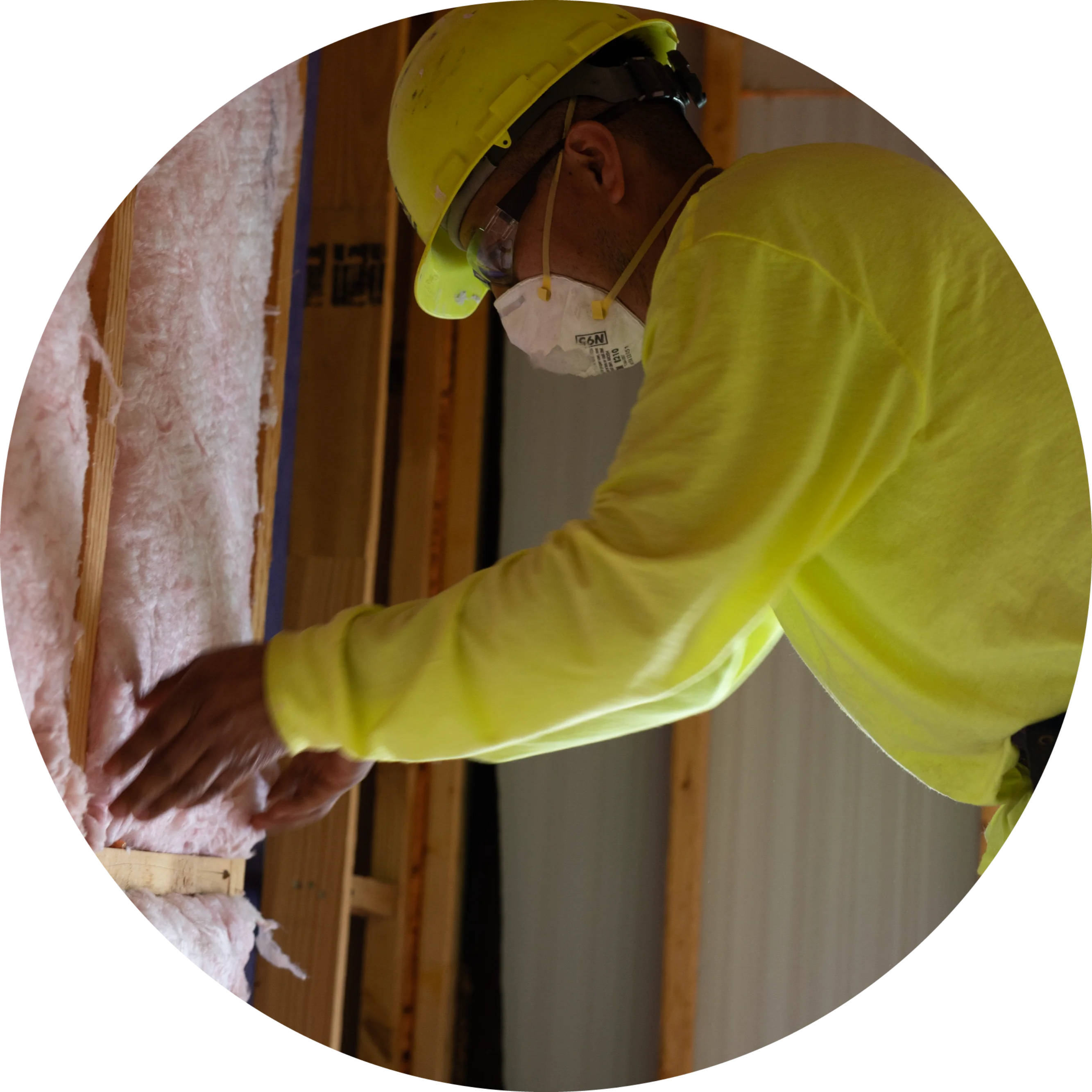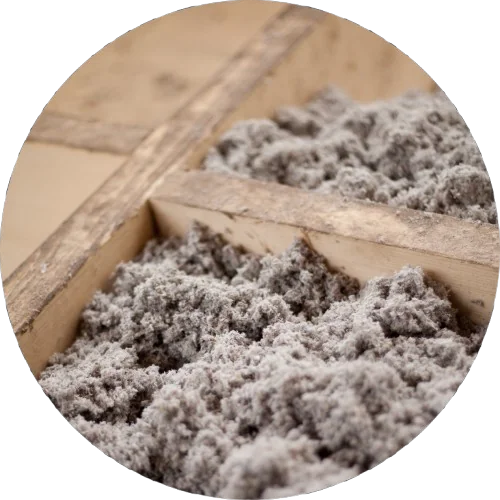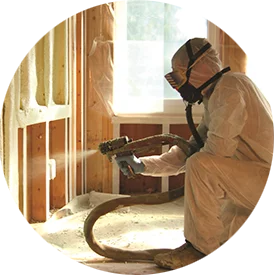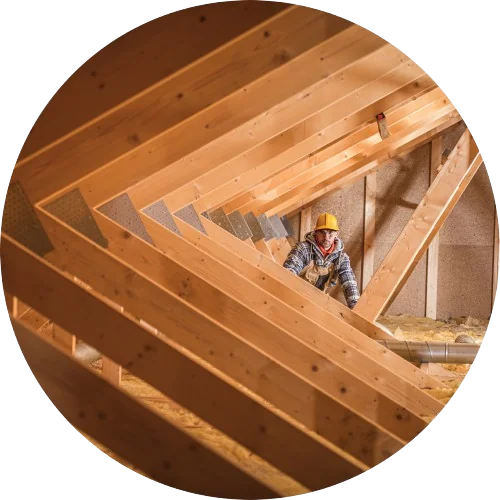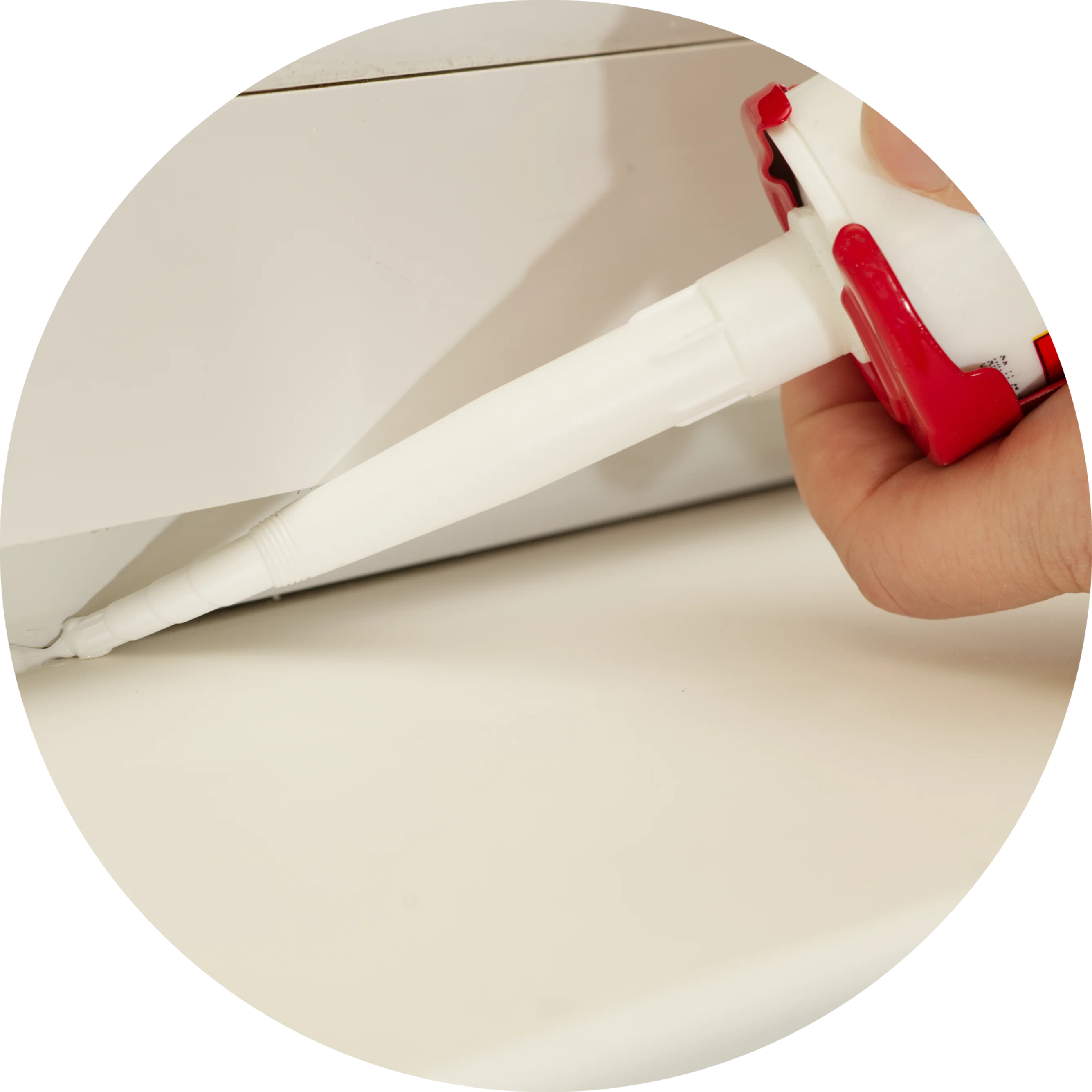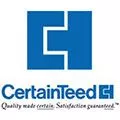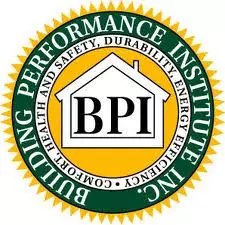If you’re thinking about re-insulating your attic to boost your home’s energy efficiency, you’ll need to decide if you want a vented or unvented attic space. To help you understand the difference between vented and unvented attics, and which option is best for your home, Gold Star Insulation is here to help.
We’re the top insulation and air duct contractor in the Sacramento area. With years of experience in attic ventilation and re-insulation, we can ensure your home is as energy-efficient as possible.
The Difference Between Vented & Unvented Attics
Both vented and unvented attics are trusted energy-conserving solutions, but understanding their differences — and which type you currently have — will help you make the right choice for your unique situation.
What Makes a Vented Attic
Vented attics have working vents that allow air to flow through the space, allowing hot air to exit. Insulation is placed on the attic floor to prevent heat from transferring to the lower parts of the home. Vented attics are not climate-controlled, which means they’re not ideal for storage or extra living space.
What Makes an Unvented Attic
Unvented attics don’t have vents. Rather, they’re completely sealed, which means air is unable to circulate from the outside in and vice versa. With an unvented attic, the attic becomes part of the home’s envelope, which means your attic will be climate-controlled like the rest of your house. To insulate an unvented attic, we would apply spray foam to the roof deck above the attic rather than insulating the floor.
Re-Insulating a Vented Attic
If you have an older home, chances are it has a vented attic, which has been the traditional way to build attics since homes were first built. Here are a few of the pros and cons of vented attics:
Pros: Vented attics are ideal for high-pitched roofs, which have more square footage than lower-pitched roofs. Because vented attics only insulate the attic floor, not the high-pitched roof, you can save money because you’ll need much less insulation. Also, vented attics often use blown-in insulation, which is a more affordable, cost-effective type of insulation.
Cons: Vented attics are often less energy-efficient because they allow hot air to enter the attic, which can make your HVAC system work harder to cool your home.
Re-Insulating a Ventless Attic
Many new homes feature ventless attics, which afford pros and cons, including:
Pros: When you insulate the roof deck, you’re creating a climate-controlled attic space, allowing for a new storage or living area. Ventless attics can also help to protect your HVAC equipment by keeping moisture and temperature extremes away. By sealing your home, ventless attics can help to reduce energy loss, creating a more energy-efficient home that saves you money in the long run.
Cons: Ventless attics may incur more upfront costs due to the amount and type of insulation used. Ventless insulation can be more expensive because it uses open- or closed-cell spray foam to ensure proper air and moisture sealing.
Should You Convert to an Unvented Attic?
If you’re looking to decrease your energy costs with a properly air-sealed home and want to use your attic for storage or living space, converting to an unvented attic is a terrific option.
Gold Star Insulation offers energy audits for homes and can check if your attic is wasting energy with poor insulation or air sealing. We also provide duct replacement for a full home energy-efficiency upgrade.
As a Better Business Bureau (BBB)-accredited business with an A+ rating, Gold Star Insulation has a BPI-certified professional on staff who is ready to make your home more energy-efficient.
Schedule your home energy audit today and experience the difference we can make.


